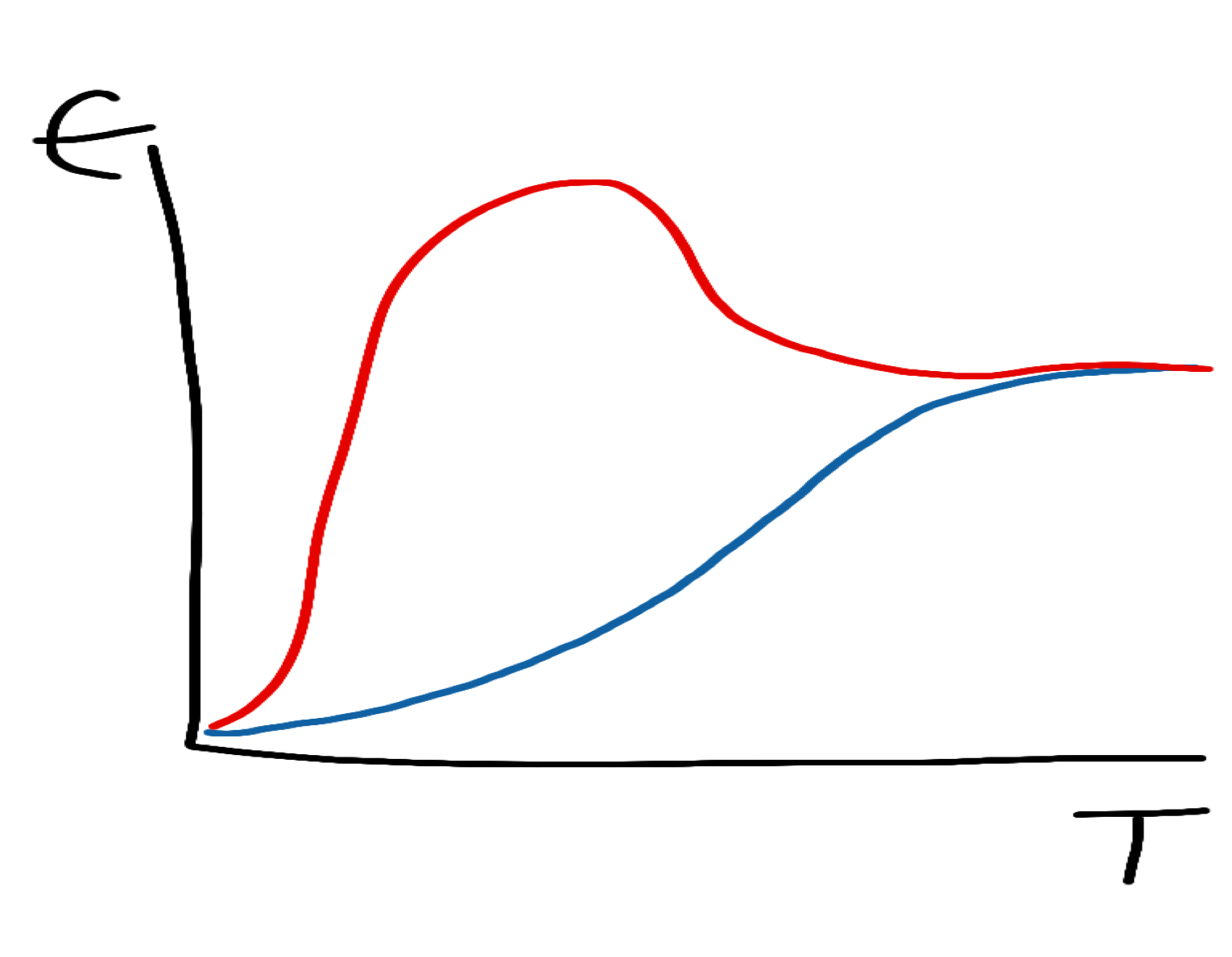My post on the (ab)use of quotations in speeches prompted this comment from always alert reader Nigel Sedgwick:
Charles is IMHO likely amongst the very best current advisors on speechmaking. But I must challenge him on a bit of material missing from his latest offering.
The word spoken and heard uses a communications channel – one that is often degraded, between mouth and ears – at least below the ideal. On this, here, he has said nothing: but this degradation should impinge on what the speaker says first, and what his audience might hear first.
The audience, in main part, is often likely to be unfamiliar with the speaker’s voice: particularly regional accent, personal idiosyncrasies, loudness and rate of speaking. Likewise lacking familiarity, for the speaker and often the audience too, are how well the acoustics of the auditorium, public address system (especially the microphone) and the voice of the speaker match and combine with each other.
Thus it behoves the speaker to say mostly only things broadly expected – during the first few seconds. This for the purposes of normalisation of the listener to the communications channel; also perhaps normalisation by the speaker of his/her own voice to the available communications channel. Can you hear me at the back? On the left, even above the noise from the kitchen?
During an appropriate initial channel normalisation process, no gems of rhetoric or argument should be wasted. The listeners might not hear them. For just a few seconds, saying something more expected (eg a well-known quotation or courtesies) helps the normalisation process.
This is especially if the language of presentation is not a shared first language of the speaker and the whole audience, or there are other issues making important the adjustment to dialect or accent. Clearly, the duration of this should not be overdone.
Interesting, especially the practical points about how the sound works in that room on that day for that speaker, and how inevitably a speaker’s words ‘degrade’ in the journey from speaker’s mouth –> audience ears –> audience brain. Nigel in effect makes the excellent point that it takes a moment or two for audiences to ‘tune in’ to the speaker and his/her voice, so while that is happening the speaker should not be too clever or ‘waste’ good material.
Nothing to dispute here. It all boils down to a simple important public speaking idea: how does the speaker quickly assert ‘control’ of the occasion?
This is a splendid example of the former UK Ambassador to Lebanon Tom Fletcher in action. Note the feeble but not unsuccessful joke that opens the way to his practical masterstroke:
So much going on here. What does the drone delivery of his speech notes do, other than blow out into the desert any dull old British ideas about Health and Safety??
It says Cool! Different! Confident! about both Tom and the event and its theme (innovation, technology). It says You know how we’ve always done stuff, such as starting a speech? Now everything can be COMPLETELY DIFFERENT using technology! The only limit is our own imaginations…
Another good way to get control of an occasion is to use silence. Deliver the opening formalities/thanks/greetings (using those words to help the audience ‘tune in’ to your voice). Then stop.
Pause.
Look around.
Add some tension.
Get them interested – wanting to know what you’re about to say.
Here’s my elegantly designed graph that shows what happens when you start a speech strongly, where E is Energy and T is time:
A typical speech is the blue line. It’s like a jumbo jet taking off, trundling along through opening formalities and platitudes then taking off and climbing to cruising altitude.
A mighty start like Tom Fletcher’s is the red line. The energy of the speech shoots up like a rocket then reaches cruising altitude much quicker. The space between the red and blue lines is the added energy-value and engagement won by that strong start.
In short, I agree with Nigel. Don’t start right from the outset with something crucial (such as an especially clever unexpected quotation) that the audience may miss as they ‘tune in’ to you and your voice. Nonetheless, don’t worry if they don’t hear/grasp every word of your speech’s start: just make it STRONG. The key thing is to catch their attention. Then keep it.











